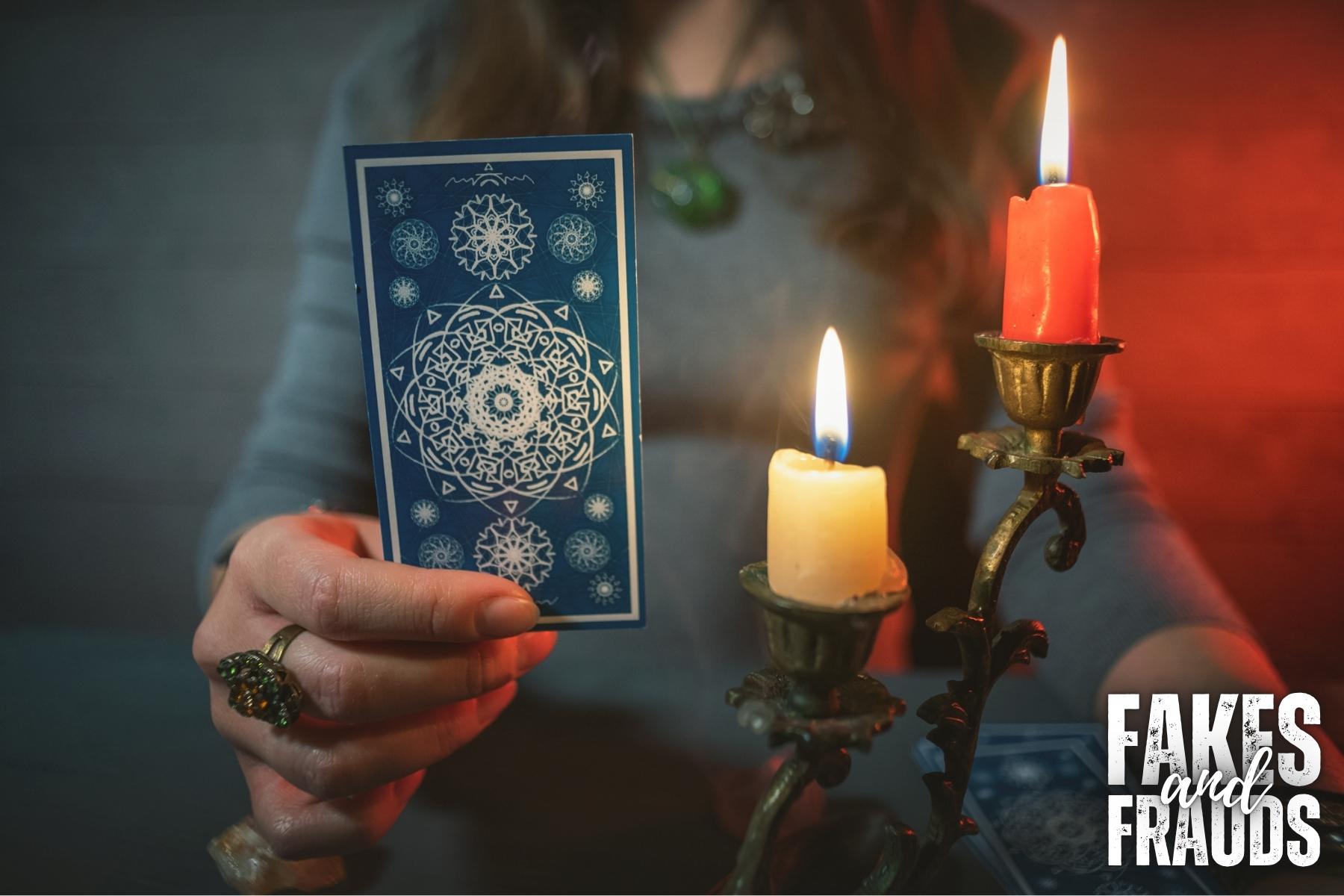Tarot cards are beautiful. Gorgeously illustrated, richly symbolic, dripping with history. A deck of miniature works of art, each whispering vague, universal human experiences.
And yet somewhere between admiring the artwork and flipping the final card, we decided that these painted rectangles could predict the future.
Modern fortunetelling with tarot follows a simple formula: you shuffle the deck, pull a few cards, and interpret them with the guidance of an intuitive reader wearing enough scarves to qualify as a small upholstery business. The reader then explains your future — love, money, heartbreak, health — based on a handful of symbols and a considerable amount of hopeful guesswork.
According to tarot tradition, Death doesn’t mean death (unless it conveniently does). The Tower signifies catastrophe — or transformation — or an overdue breakup, depending on how generous the reader feels. The Lovers might represent romance, commitment, difficult choices, or your Tinder date from last week who never called back.
In other words, tarot card fortunetelling relies on hitting the broadest human fears and hopes possible and letting the client’s desperate brain do the heavy lifting.
During one session I attended (purely for research and personal suffering), the reader solemnly informed me that the “Six of Cups” indicated “nostalgia and a possible reunion with a long-lost friend.” The fact that I had run into someone I barely remembered at the grocery store two days earlier was presented as undeniable proof of tarot’s mystical precision.
By this logic, a stubbed toe could be foretold by the Ten of Swords.
Final thought: tarot decks are wonderful for storytelling, introspection, and the occasional evening of imaginative fun. But if you’re trusting a random card pull to predict your career path, your love life, or the fate of your immortal soul, you might want to find a more accurate form of divination, like reading entrails.
Shuffle the cards if you must. Just don’t shuffle your common sense with them.

